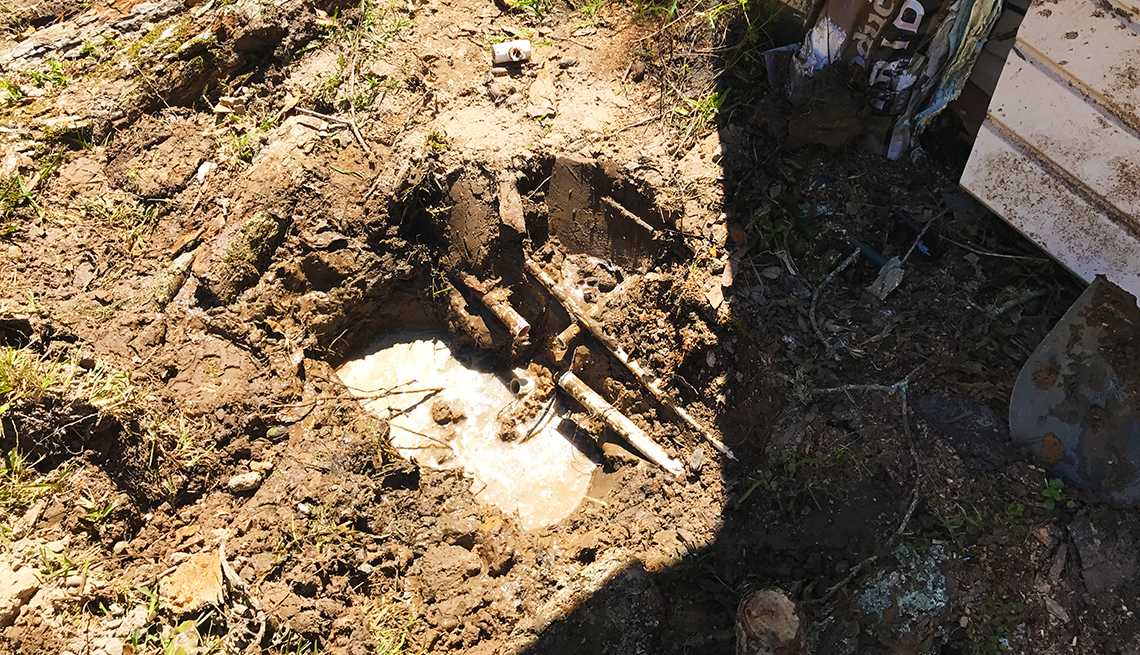
- Select a language for the TTS:
- UK English Female
- UK English Male
- US English Female
- US English Male
- Australian Female
- Australian Male
- Language selected: (auto detect) - EN
Play all audios:
Second, the cost of replacing your water line varies according to the distance between your house and your property line, the type of pipe you use, and whether you must dig up the old line
(more on that in a moment). A short water line means a more affordable fix, and you may be able to cover the cost from your savings without the need for a warranty contract. The longer the
pipe to your house, the more pipe you'll use, and the more your replacement will cost. The cheapest pipe is PVC at about 50 cents to $5 per foot; the most expensive (and most durable)
is $20 to $30 a foot. Not all water main breaks mean that the entire pipe has to be replaced. Sometimes plumbers can determine where the leak is, dig down and replace the broken section. In
that case, the repair bill could be as little as $500 or so. Fixr.com estimates that replacing a 10-foot PVC pipe will run an average $1,215, assuming you don't have to dig a trench to
do it. A trenchless replacement means that workers dig a hole at both ends of the old pipe and thread the new pipe below ground. The process has lower labor costs and is a lot easier on your
lawn and bushes. The more intrusive way — bringing in a backhoe, digging a trench across the yard, removing the old pipe, putting in a new one and refilling the trench — is more expensive
because it requires more labor. A worst-case scenario would be a 100-foot-long trench with copper replacement pipe: $22,500, according to Fixr. “If it's short and it's shallow,
that's not as bad, and if it's long and it's deep, it's going to be more expensive,” Kiddy says. “It's not an easy repair, it's relatively disruptive, and
that's why it has some cost to it." BOTTOM LINE It's decision time: Do you really need water line coverage? If your house is relatively new and you have savings set aside for
emergencies, probably not. Why throw money toward monthly premiums for coverage that odds are you will never use? Stash the cash in your emergency fund instead. If your house is older and
most homes in your neighborhood were built around the same time, ask your neighbors if they have had to have their lines replaced. That's a very good indicator of whether a water line
repair could be in your future. If several neighbors answer yes, consider purchasing a warranty. You might also strongly consider a warranty if you live in an old house, your water bill has
been creeping up, and you don't have an emergency fund. Waiting until you see a merry little stream bubbling out from your sidewalk will be too late. _John Waggoner covers all things
financial for AARP, from budgeting and taxes to retirement planning and Social Security. Previously he was a reporter for_ Kiplinger's Personal Finance _and _USA Toda_y and has written
books on investing and the 2008 financial crisis. Waggoner's _USA Today_ investing column ran in dozens of newspapers for 25 years._






